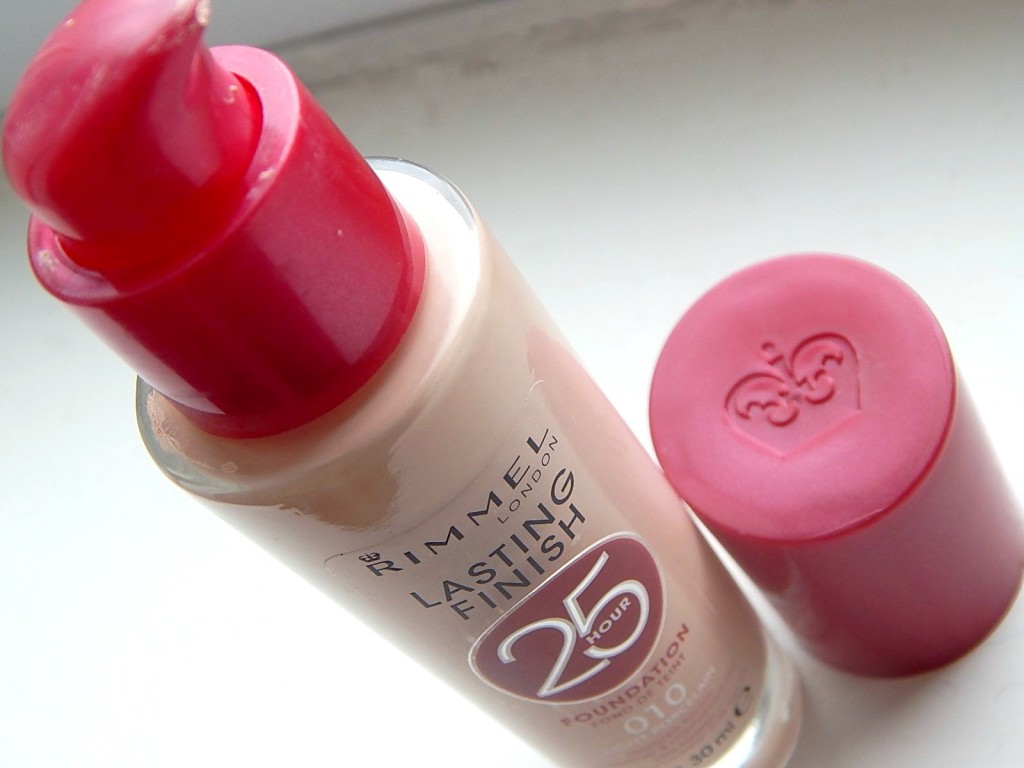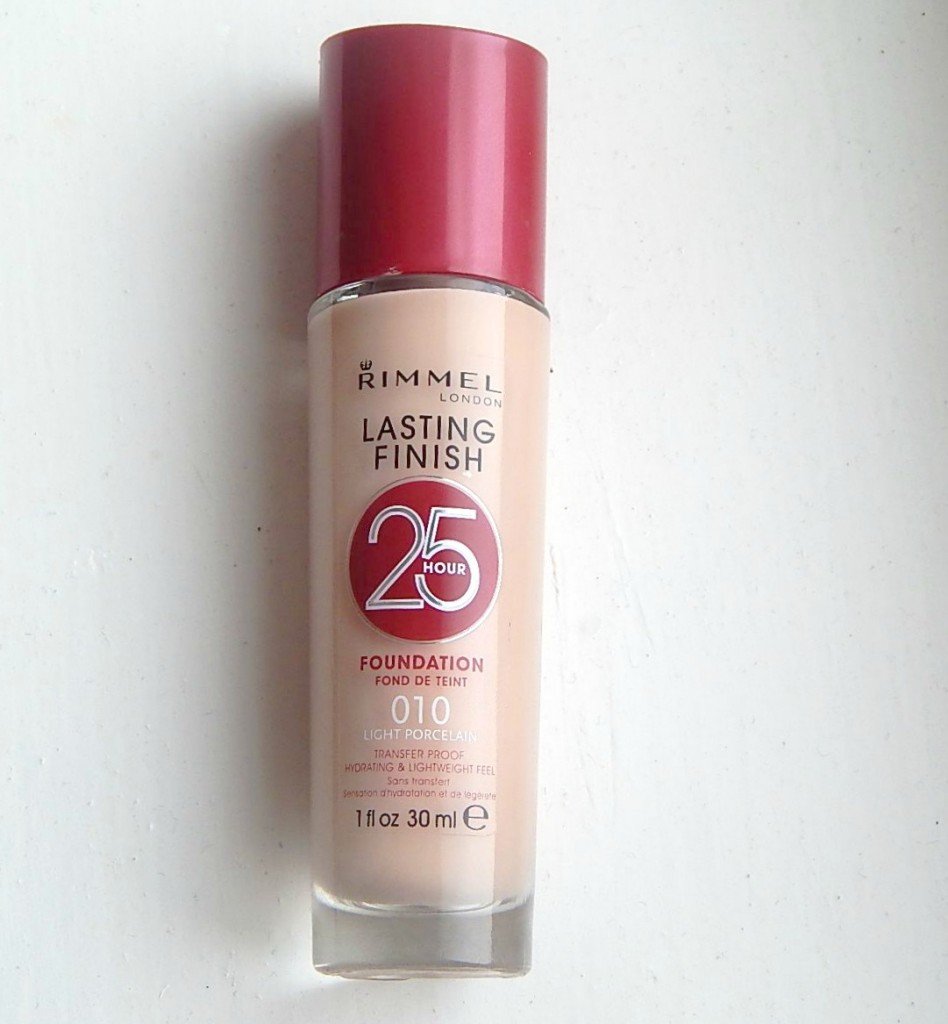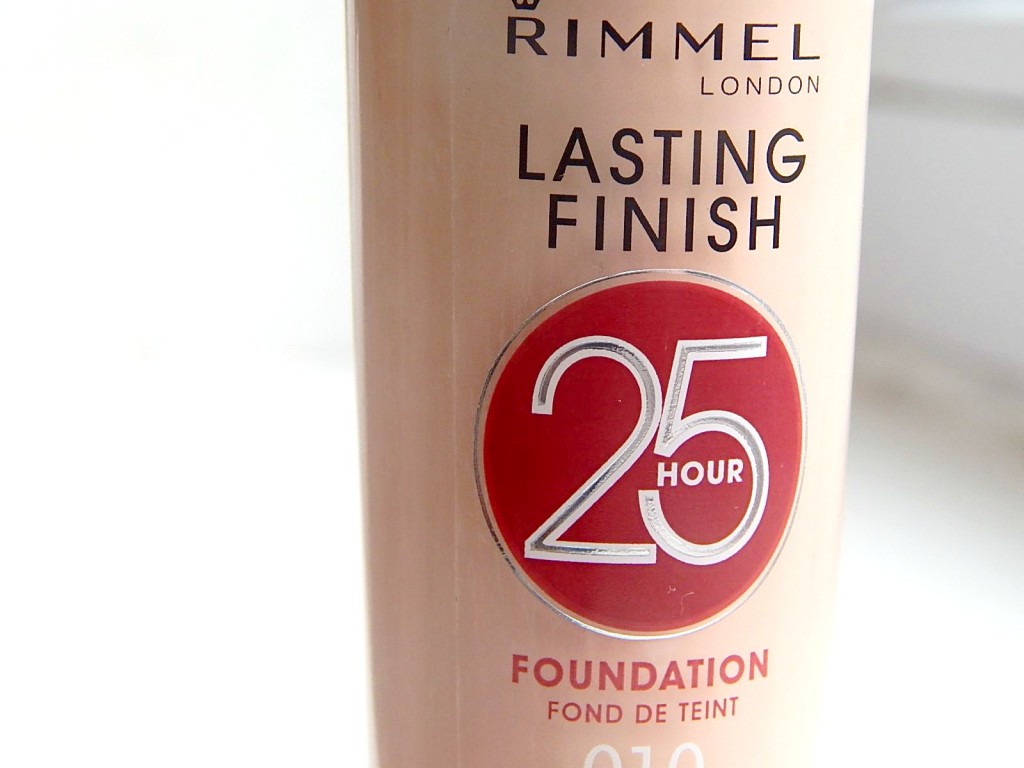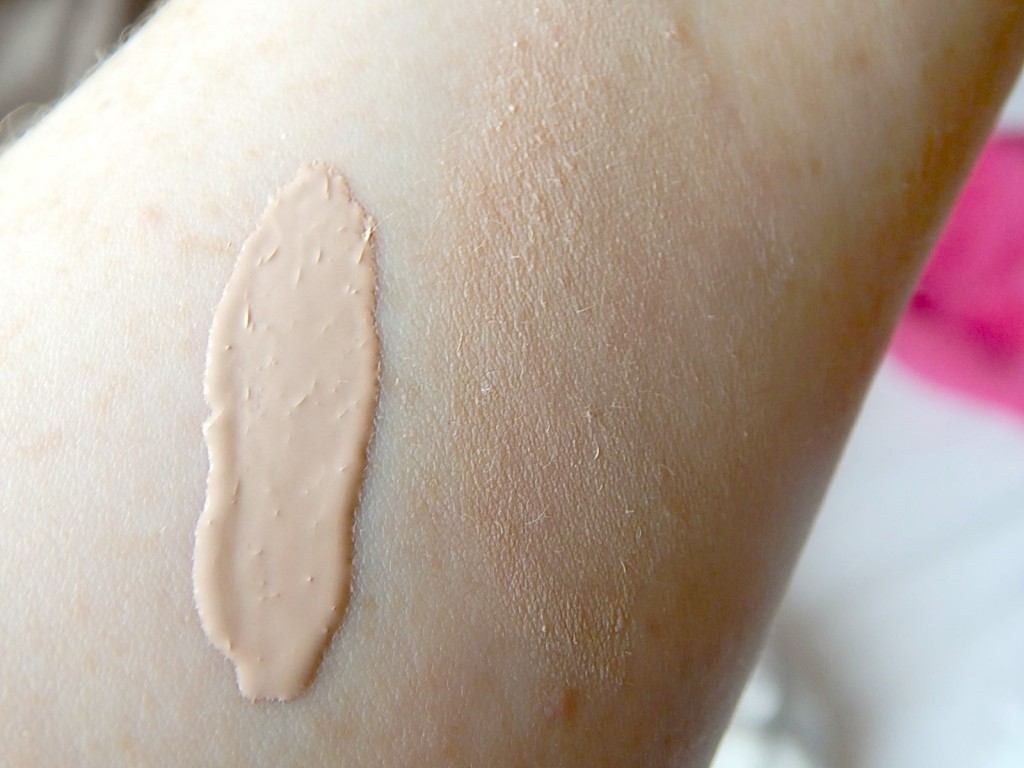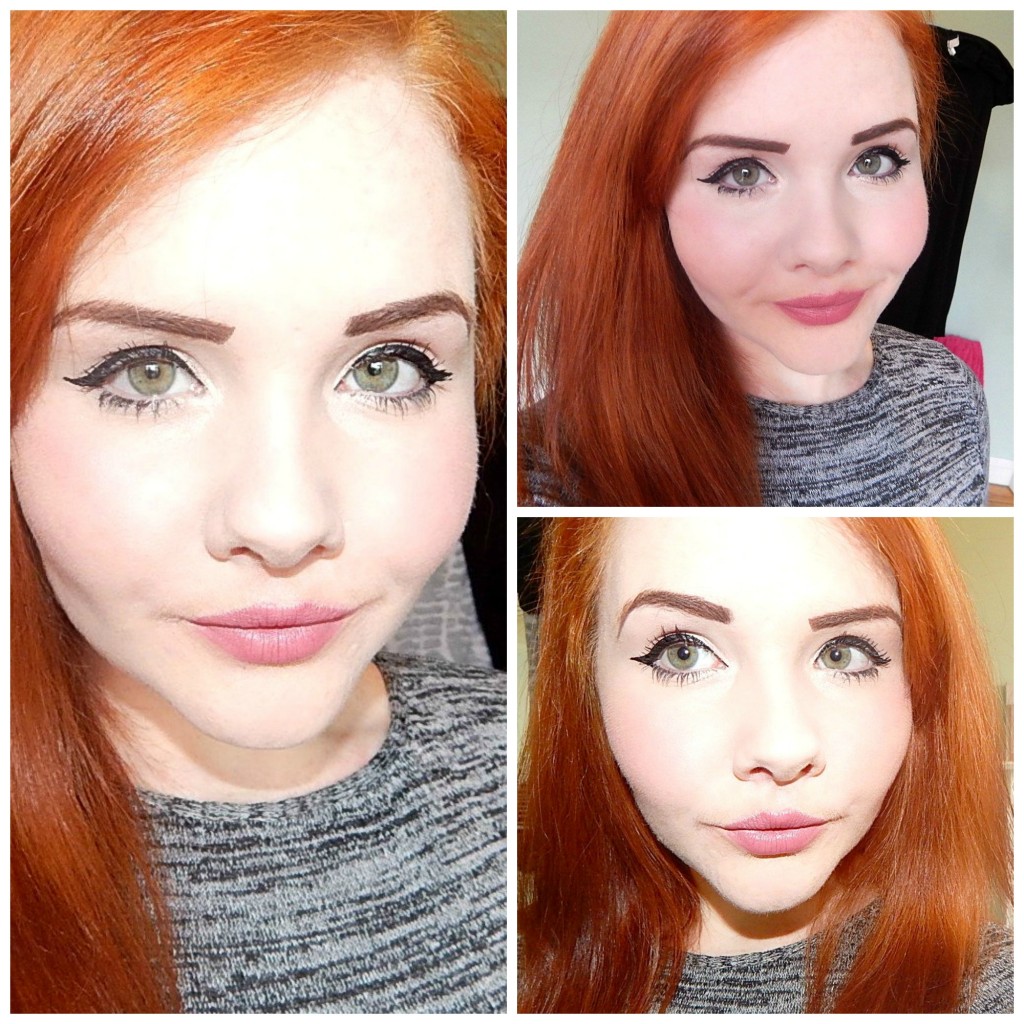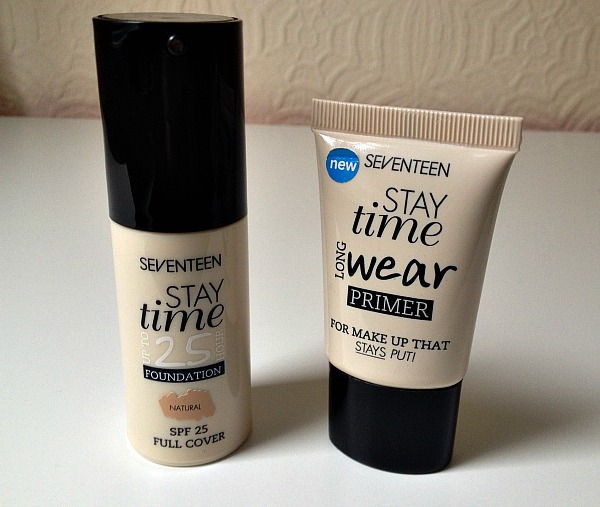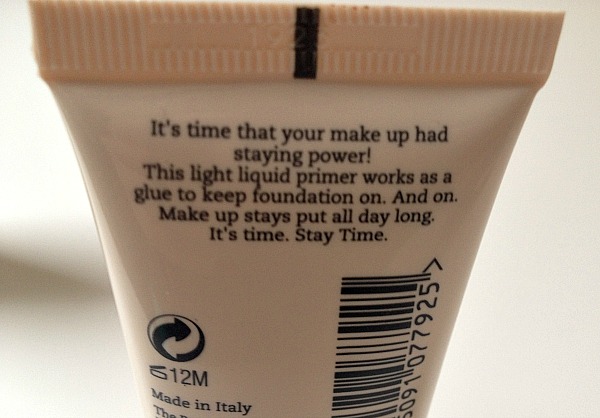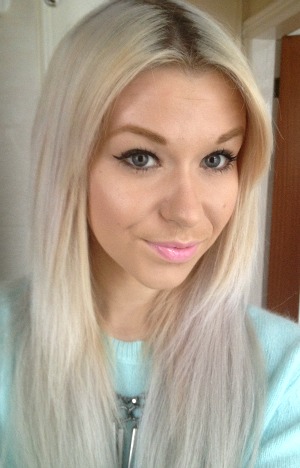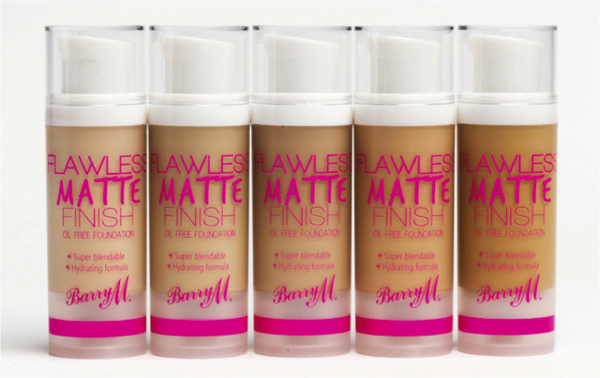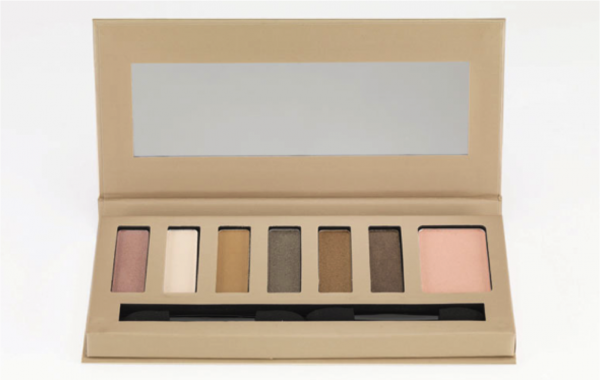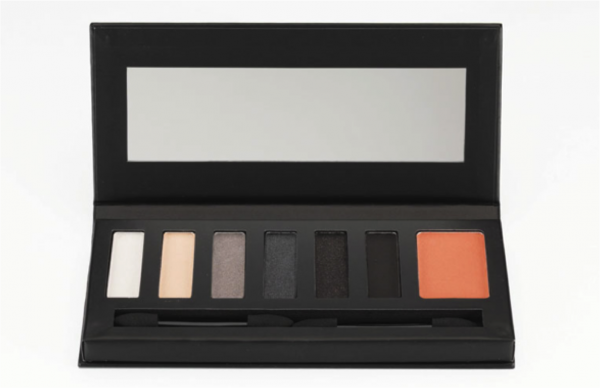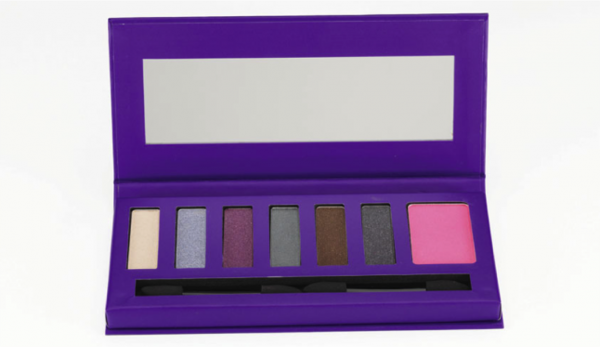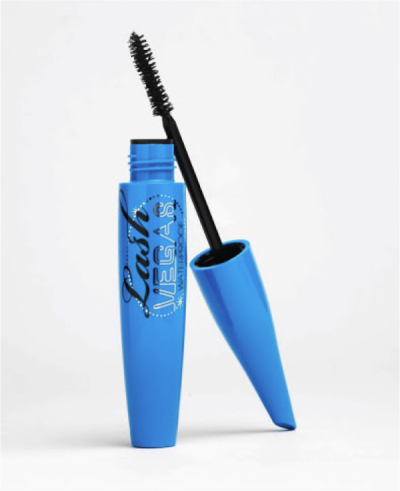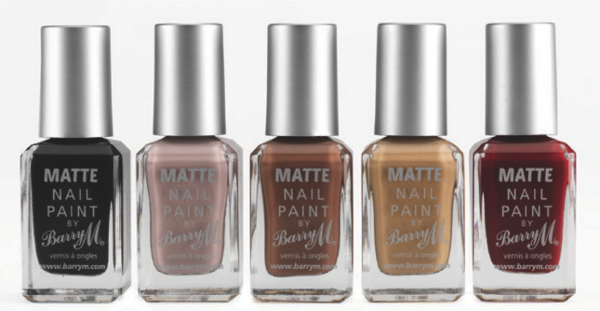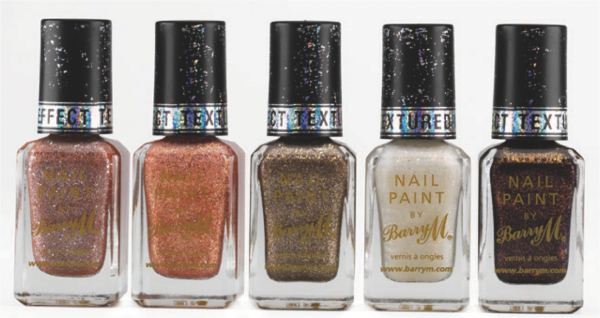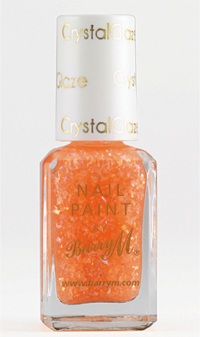For a lot of us, foundation was one of the first staples that we adopted when we started applying makeup. Before we knew about primers, blushers, bronzers, highlighters, powders, under-eye concealers, blemish concealers, setting sprays and all of the other junk we would soon start slathering on our face (up yours, natural beauty), foundation was probably the first thing we felt comfortable with.
However, up until about a year ago I’d rarely applied foundation with anything other than my fingers or a flat foundation brush (which made me look like a waxwork, FYI) and I wasn’t really sure what the point of all the other methods was. So this post is for anyone like me who, although vaguely knows that there’s something out there called a buffing brush and thinks that maybe being buffed is a good thing, isn’t quite sure of the differences of brush or which ones works best.
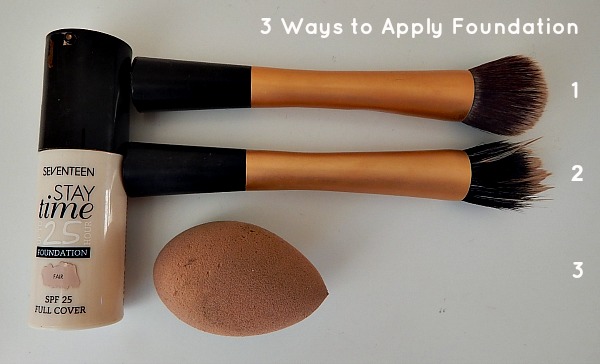 Of course there are more ways to apply foundation, but in the interest of this post being finished some time before my 80th birthday I thought I would just concentrate on 3 popular methods.
Of course there are more ways to apply foundation, but in the interest of this post being finished some time before my 80th birthday I thought I would just concentrate on 3 popular methods.
Method 1: Buffing Brush
As the saying goes, you must be a muff if you don’t buff. Okay, I don’t think anyone has ever said that before but really, using a buffing brush will change your life. They have densely packed bristles and quite a small surface area to allow you to really work foundation into the skin, and you blend it in using small circular movements. It results in a flawless finish and is also pretty quick to apply (pssst, spoiler: this my favourite method).
Method 2: Stippling Brush
Stippling brushes can be identified by their pointed bristles – the heads look a bit like Pauly D’s hair on Jersey Shore. They usually have 2 layers of bristles, and you should only be using the top layer to apply your foundation. Rather than just slapping your foundation on like paint (which will result in streaking and make you look like a tit of the highest calibre) you dab the brush into some foundation and then dot it all over your face. A lot of people swear by this method as it supposedly leaves an airbrushed finish, as foundation isn’t rubbed into all the nooks and crannies of your face but is instead kind of lightly placed onto the skin. Personally, I find stippling take a bit too long on my moon face and I suffer from a big case of a CBAs about halfway through. I use my stippling brush for highlighter or cream blushes instead, but it’s worth trying with foundation to see how you get on.
Method 3: Real Techniques Miracle Complexion Sponge
Not to be confused with the humble foundation sponge, the Miracle Complexion Sponge is hailed as the UK’s answer to America’s famous Beauty Blender. Oval shaped with a flat part at one end and a point at the other, this works best when slightly damp so that it doesn’t just absorb the product (leaving you poor and ugly). Most reviews and tutorials instruct you to ‘bounce’ the sponge across your face to distribute the foundation; it takes a bit of getting used to but after a couple of attempts I was really pleased with the final effect. I use this mainly now when I contour (you can read my Guide to Contouring if you fancy) as it’s really good for blending and also seems to remove too much excess product.
So there we have it – buffing, dotting and bouncing, all different ways to get the same thing on your face. The choice really is yours, but for me buffing is the winner.
What do you all think? What’s your favourite way to apply foundation?

